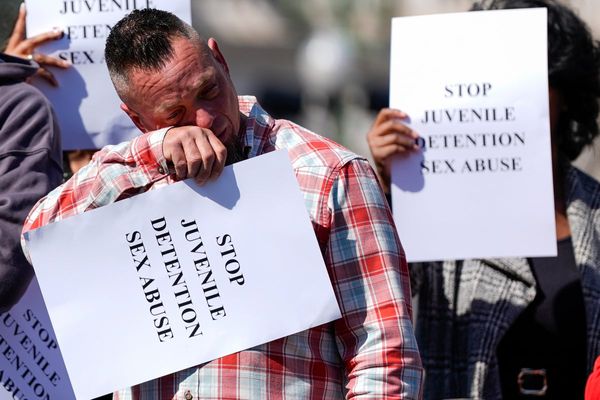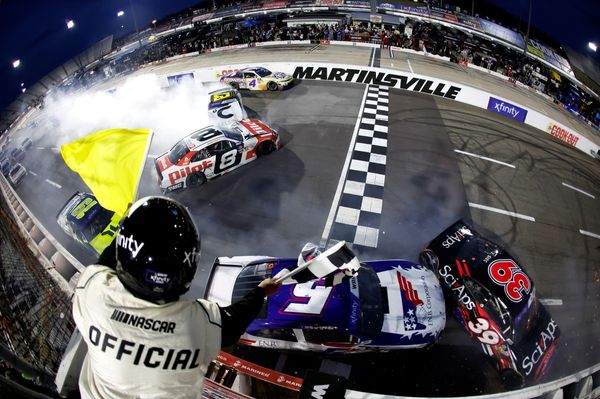
At a recent toddler birthday party, I struck up a conversation with another parent as our children played. “They’re having so much fun together!” my new friend exclaimed, followed by “Are you going to try for another one, to give your son someone to play with?” Feeling the sense of dread build up in the pit of my stomach, I responded with something noncommittal like: “Oh … yeah … we’ll see.” Nobody was aware that I was, at that point, recovering from an early miscarriage post-IVF – part of my secondary infertility.
Infertility is defined as the failure to achieve pregnancy after at least 12 months of trying to become pregnant. Around 15% of couples will experience infertility and the most common underlying causes of female infertility are ovulatory disorder (failure to ovulate) and age. At around the age of 35, there is a dramatic drop in fertility for females due to the number and quality of eggs. Despite this, the rate of first-time parents older than 35 years is at 17% of the population, up from 5% in 1991.
Arming myself with all of this knowledge, I faced my first round of IVF at the age of 34 and was given “around 40% chance of having a pregnancy and birth”. With three eggs collected which resulted in two embryos developed, I felt hopeful as one of the embryos was transferred for implantation and one went for freezing. The fresh embryo transferred eventually became my son, who is now four – one of those “first round, first go” miracles.
While I had experienced the grief and loss rollercoaster of infertility and miscarriage, I felt a sense of gratitude that we’d only had to go one round to have our child. Unless you have experienced it, it is difficult to understand the physical, emotional and psychological toll of playing a game of chance with hormones, injections, loss and dwindling hope. I’d spent time on IVF communities and support groups, where people had undergone more than five rounds (and spent tens, if not hundreds of thousands of dollars) to try to grow their family. Having experienced the “easy” path instilled in me a type of “survivor guilt” and the first realisation that nothing about fertility and infertility is fair.
Having gone through the first round relatively unscathed, I entered the IVF clinic to commence trying for a second child with a slight sense of optimism and greater dose of hope. We had waited longer to try again than we had anticipated, due to factors including the Covid-19 pandemic (for which we weren’t alone, with the 2020-2021 fertility rate dropping to a historic low).
My specialist asked if we had emotional support set up, and noted “you are the families I worry about the most – the ones who were so lucky the first time round”. I would soon learn what she meant, with the frozen transfer ending in early loss and the subsequent IVF round a failure. Being told that even on the highest stimulation your body can only produce one viable egg is enough to crush any hope, especially when you are overloaded on hormones. The thought of undergoing further treatment for maybe a 5% chance of becoming pregnant was unfathomable – emotionally, physically and financially. The realisation we wouldn’t be able to have another child forced us to reconsider and re-evaluate what life would look like as a “triangle family”.
To prepare for this, I unsubscribed from the online IVF communities and went into ones focused on one-child families (commonly known as “one and done”). Browsing through the thousands of posts, it became clear that our one-child family was far from rare. The official figures show that the rate of single-child families has increased from 7.5% of families in 1986 to 15.1% in 2021. Whether by choice or circumstance, one-child families are becoming increasingly common. But while we have the knowledge and research to know that the one-child stereotypes are far from accurate, the internal and external social pressure to “give them a sibling” persists.
Navigating the seemingly conflicting feelings of gratitude for my son and grief for the children we were not able to bear takes an additional twist when factoring in the overwhelming guilt – why didn’t I try earlier to have children? If there’s even a 5% chance of conceiving again, why wouldn’t I try for it? The reality is, for many of us, we are not “one and done” by choice.
Sitting with the difficult emotions is at times eased, however, when I see my son enjoying his independent play at home or making a new friend at the park. I know, logically, he will be OK. There’s a whole new generation of single children that he will have a shared life experience with.
Solidifying as a family of three has forced us to look at the future differently, with a shifted idea of hopes and goals. This doesn’t remove the grief of what we have lost, or of what could have been. But the gratitude and excitement at the future of our trio remains.
• Mia Ristovska is a social worker and clinical leader living on Quandamooka land. She tweets @themiasandrist







